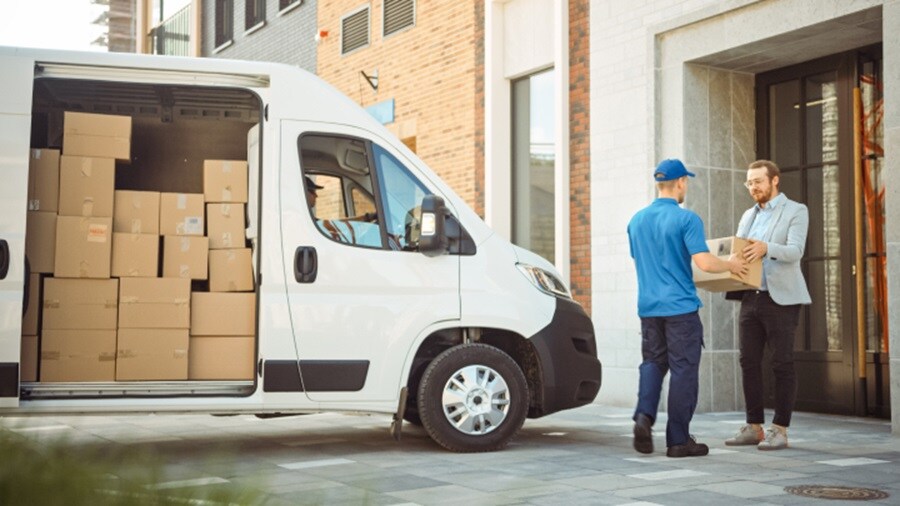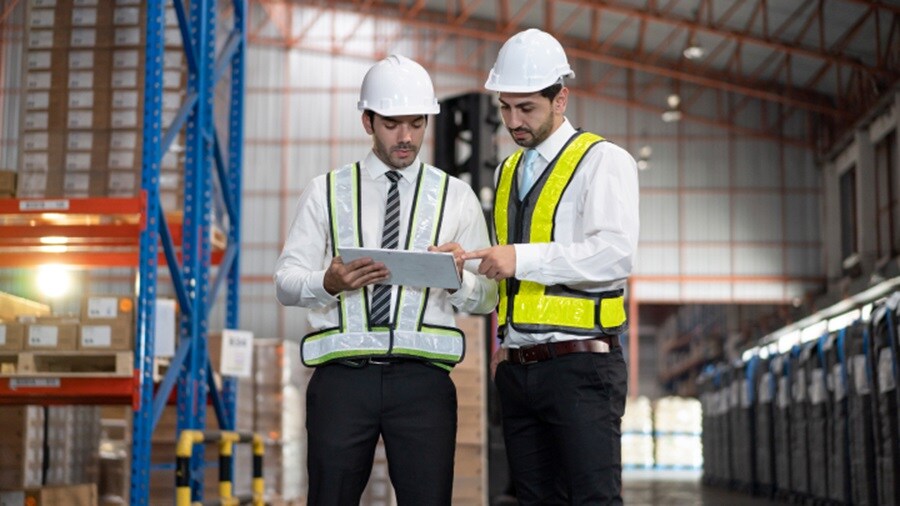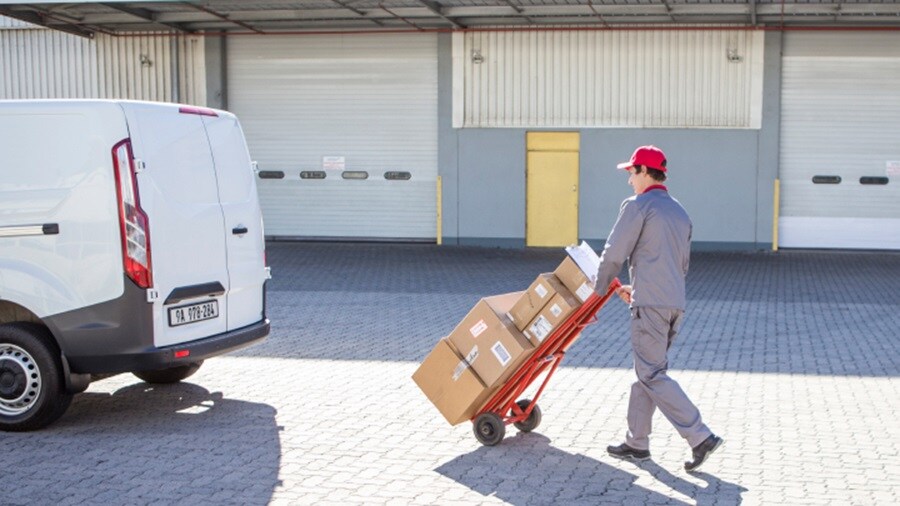It’s no secret that the pandemic triggered a meteoric e-commerce boom. For instance, online sales in the UK, Germany, France, the Netherlands, Italy and Spain rose by an average of 31.1% in 2020. That’s a huge increase, but unsurprising given the circumstances. However, according to the latest 2022 Eurostat data, normality has resumed, and Europe is back at its expected year-over-year growth rate.
In addition, there are major challenges on the high street. According to the German Retail Association, for example, over 41,000 brick-and-mortar shops have closed in Germany since 2019.
What does this tell us? E-commerce is the direction of travel. But it’s not just about upscaling; at times, you also need to scale down your supply chain. In this article, we explore how you do that effectively.

Compete on delivery
A good place to start is with smarter deliveries. That’s because, in today’s digital-first economy, consumers are used to convenience and visibility.
The likes of Uber and Deliveroo have set the bar high for customer experience, and that’s now the aspiration for all online retailers. When features like ‘Your pizza is in the oven’ or ‘Your order is on its way’ are already commonplace in the market, you need to up your game with real-time tracking updates. That means branded notifications via email, SMS or app, across all your carriers. Anything less, and you risk being left behind.
There are also other ways to give your customers more control over their orders. Pick Up Drop Off (PUDO) locations, for example, allow customers to receive and leave parcels at a designated collection point at their convenience, which can increase efficiency, reduce emissions and costs, and provide a better level of service. Rather than waiting around at home for a package to arrive, your customers get time back to do other things and can pick up their order when it’s convenient for them.

Improve inventory management
At present, warehouses are a hot commodity, which adds pressure to make sure you get stock management right. For instance, Savills reports that, across 52 global markets, total warehousing property costs increased by an average of 8.4% in the 12 months to June 2022.
Making the most of the space you have is, therefore, essential. In this market, tracking slow-moving products, knowing when and how much to order, and leveraging analytics for demand forecasting all sit at the heart of improved scalability.
Whether you’re scaling up or down, you need effective stock control to have the right products in the right place at the right time.
However, according to EY, many retailers still cling to legacy systems for inventory management because they “represent a sunk cost”. This is a clear barrier to scalability. For example, outdated technology may not integrate with other systems or could skew data. In a worst-case scenario, it could lead to overstocking out-of-season products, increasing operating costs unnecessarily while tying up capital in inventory that’s unlikely to sell for some time.
The path forward is clear. To enable scalability, you need to upgrade or replace legacy systems. Real-time visibility, scenario planning and AI functionality are the kind of features that you should be eying for future-proof inventory management technologies. Your bottom line will be the main beneficiary. According to McKinsey, early adopters of AI-enabled supply chain management can improve logistics costs and inventory levels by 15% and 35%, respectively. New inventory management technology can and should act as a foundation for improved scalability, keeping the supply chain running smoothly and profitably in the long term.

Consider using an expert logistics provider
Finally, it may be necessary to partner with an expert logistics provider. Supply chains are complex, and scaling adds a whole new layer of complexity. When it isn’t your area of expertise, this can be a particularly daunting prospect.
Specialist logistics providers like Maersk, however, are well-versed in tackling this challenge. They have the experience and knowledge to plan a unique strategy, and the assets and infrastructure to execute it.
If you decide to go down this route, it’s worth investing the time and effort to select a logistics provider that goes beyond the transactional and contractual level and can add value to your scalability ambitions. With their support, you can gain a competitive edge, build resilience, unlock new markets and enhance your operating model in the short and long term.
The practical steps outlined in this article might seem daunting or too expensive. However, at Maersk, our integrated logistics offerings and carrier-agnostic logistics capabilities are already set up and ready to use, which makes the transition smoother and more manageable. If you’re ready to talk about taking these steps, click here, and one of our experts will call you.
无论您需要什么,我们都可以随时为您提供帮助
I agree to receive logistics related news and marketing updates by email, phone, messaging services (e.g. WhatsApp) and other digital platforms, including but not limited to social media (e.g., LinkedIn) from A. P. Moller-Maersk and its affiliated companies (see latest company overview). I understand that I can opt out of such Maersk communications at any time by clicking the unsubscribe link. To see how we use your personal data, please read our Privacy Notification.
By completing this form, you confirm that you agree to the use of your personal data by Maersk as described in our Privacy Notification.
